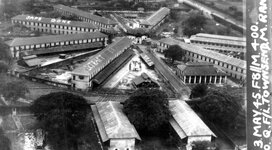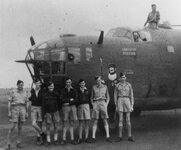Alan Stevens
Airman 1st Class
- 130
- May 24, 2023
Why the differences? Various books have either rendering.
Even in Chuck Sweeney's recent book he calls it "Bock's Car" even though the plane itself clearly says "BOCKSCAR"
Even in Chuck Sweeney's recent book he calls it "Bock's Car" even though the plane itself clearly says "BOCKSCAR"




